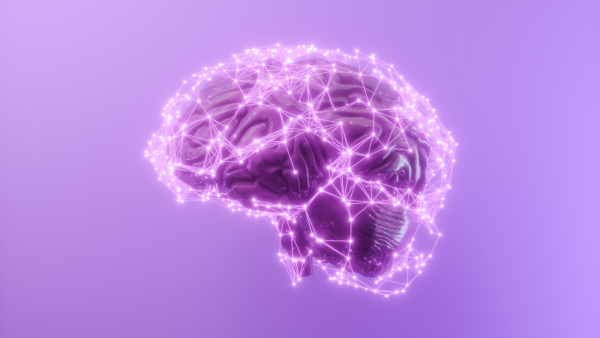
A new study has identified a possible mechanism by which iron levels influence sex determination in the womb, at least in mice. (Image credit: kunchit2512 via Getty Images)
A new study shows that iron deficiency during pregnancy can cause male mouse embryos to develop female characteristics.
Low iron levels prevent the activation of an important gene that is responsible for the development of male genitalia. As a result, embryos with XY chromosomes – the most common combination found in males – begin to develop female genitalia.
“This is a completely new and unexpected discovery,” study co-author Peter Koopman, an emeritus professor of developmental biology at the University of Queensland in Australia, told Live Science. “It has never been shown before that iron can switch on such an important developmental mechanism.”
You may like
- 'Love Hormone' Oxytocin May Stop Pregnancy, Animal Studies Show
- Silent X chromosome genes 'wake up' in older women, possibly boosting brain activity, study says
- Study Finds 'Useless' Female Organ May Actually Support Ovaries
Previous studies have established that the SRY gene on the Y chromosome is a “master switch” for activating male reproductive development in mammals. The enzyme JMJD1A plays a key role in activating this important mechanism, and iron is needed for its proper functioning. However, the link between iron levels and sex determination has not been fully studied.
Now, in a study published June 4 in the journal Nature, scientists report that iron is essential for testicular development in XY mice. The results show that maternal iron deficiency disrupts JMJD1A activity, leading to decreased SRY expression and stimulating ovarian development in XY embryos.
However, it's too early to tell whether these findings in mice could apply to pregnancy and sexual development in humans, Tony Gamble, an associate professor of biological sciences at Marquette University in Milwaukee who was not involved in the study, told Live Science.
In the experiment, the scientists used pharmaceutical treatments and low-iron diets to control iron levels in pregnant mice. When pregnant mice were exposed to iron deficiency, it caused six of the 39 XY embryos to develop ovaries instead of testes. In further studies, they found that genetics appeared to play a role in the embryos’ sensitivity to this treatment.
To confirm this mechanism, the team also grew embryonic gonads — structures that can develop into testes or testicles in the womb — in the lab to observe the effects of iron deprivation. These lab studies showed that reducing iron levels in cells to 40% of normal levels caused a significant increase in histones in the SRY gene. Histones are proteins that bind DNA and help regulate gene activation, and this effect almost completely blocked SRY gene expression.
Normally, the enzyme JMJD1A removes histones from the SRY gene, allowing it to become active. Scientists speculate that when iron levels drop, the enzyme's activity decreases, leading to a buildup of suppressive histones on the SRY gene.
These results suggest that “some important aspects of development that were previously thought to be entirely genetically determined may also
Sourse: www.livescience.com





